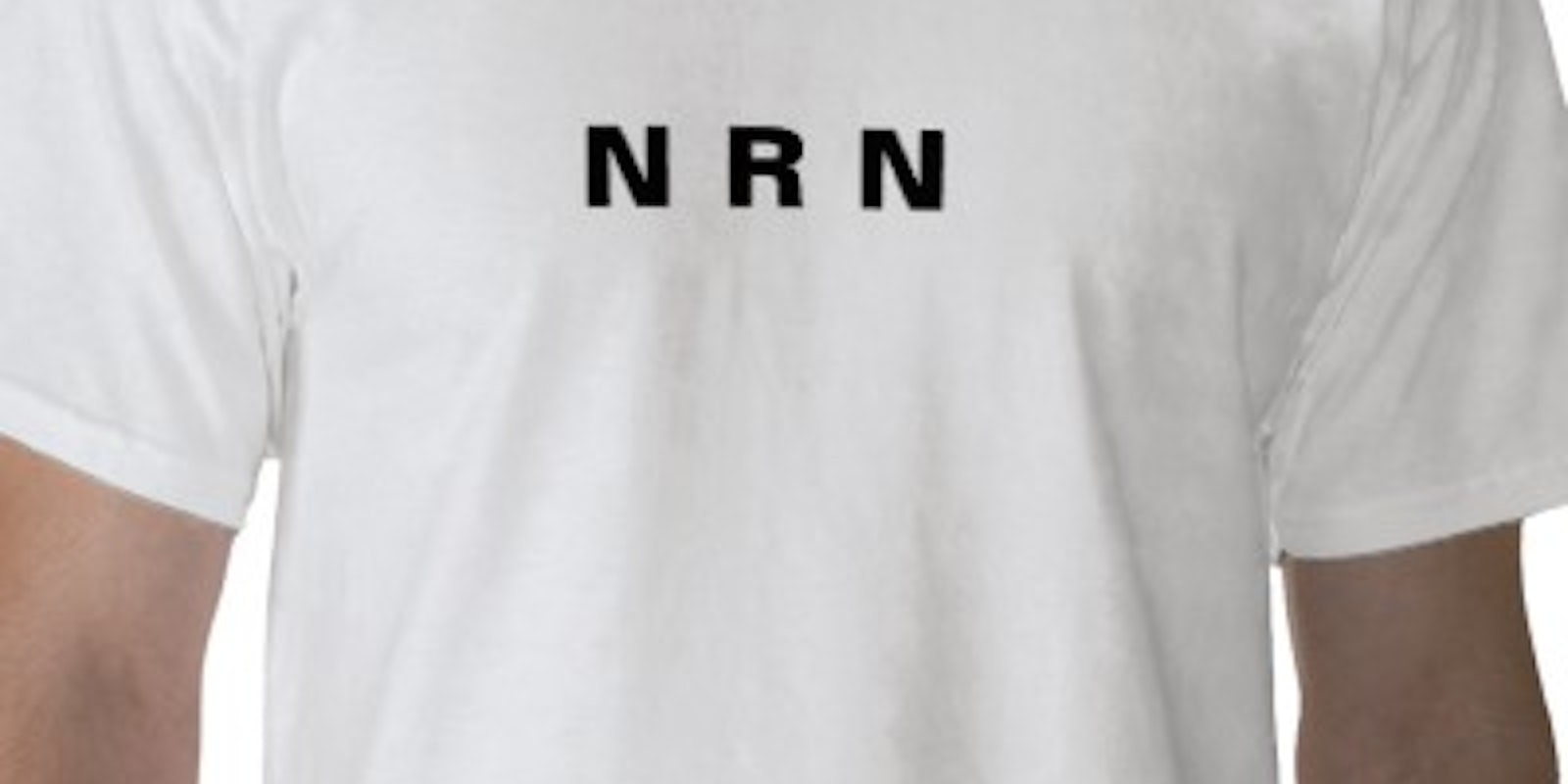Since the invention of vlogging, there has been one surefire formula for success: breasts.
Now we’re supposed to be shocked that tits are hits on YouTube?
What’s new here isn’t human behavior, as predictable and sad as ever: It’s the financial architecture that Silicon Valley’s best and brightest have set up to exploit it.
For the past week, the Daily Dot has been exposing the curious phenomenon of “reply girls” on YouTube. The reply-girl schtick is simple: Wear a low-cut top, say as little as possible for as long as possible to a camera, and post your clip as a response to a popular video. The cleverer ones use tags to make sure their jiggle get placed prominently.
You know those comments on blogs that say “Great article! I really appreciate your insights?” These are the bastard offspring of comment spam and softcore porn.
It’s a disheartening abuse of a homegrown YouTube phenomenon. Much like Twitter’s @ replies, YouTube response videos weren’t cooked up by some product manager; they originated as an idea users had. YouTube smartly integrated them into the site, allowing YouTubers to post response videos directly as a reaction to a video they just watched. Linking responses to the original video created a seamless call-and-response that knit the community together.
Over time, marketers got hip to the phenomenon of response videos—remember how Old Spice Guy responded to fans with customized videos? If it worked for high-end marketing, surely it worked for the low-end stuff, too. It was only a matter of time before the spammers found them.
…
Google has now recognized that reply girls’ posts are spam. But they only have themselves to blame: As the search engine sought to make YouTube more commercial, it made it easier and easier for video posters to get a cut of ad revenues from the views they generated. Even as YouTube courts Hollywood, there’s a whole underbelly of schlock that Google’s advertisers are paying for. Hey, a view’s a view.
In the prehistoric days of vlogging, long before YouTube became the only game in town, video podcasts like Rocketboom employed a formula similar to the reply girls: Respond to the news, say as little as possible, look cute while doing it.
Rocketboom news reader Amanda Congdon, she of the tight T-shirts and quirky expressions, was the mother of all reply girls.
…
Now that Google’s cracking down, what will we lose? It’s not like the reply girls were adding much to the conversation. But maybe we would have seen the reply-girl genre evolve into some kind of inadvertent art form, like the lovable nonsense poetry of Twitter spambot @horse_ebooks.
There’s also a disturbing aspect to the outcry against reply girls. Would the complainers—mostly men—be upset if dudes were making these videos? There’s a witch-hunt aspect to all this. No wonder TheReplyGirl announced she was starting a new channel called Kill TheReplyGirl.
Are the reply girls getting labeled as spam because they have nothing to say—or are they getting knocked for having nothing to say because they’re women?
The sexism inherent in YouTube’s audience is demonstrated by this fact: It took until 2012 for a woman, Jenna Marbles, to crack the site’s top 10 channels by subscriber count. Could it be that YouTubers will watch women on the site, but they won’t visibly lend their support by subscribing to their channels?
Jenna Marbles may point the way forward. Sure, she wears clingy outfits like the reply girls. But her crass, hilarious schtick is to subvert YouTube’s dominant gender paradigm, not conform to it. Consider this my response video, Jenna: If anyone can solve this conundrum, it’s you.
